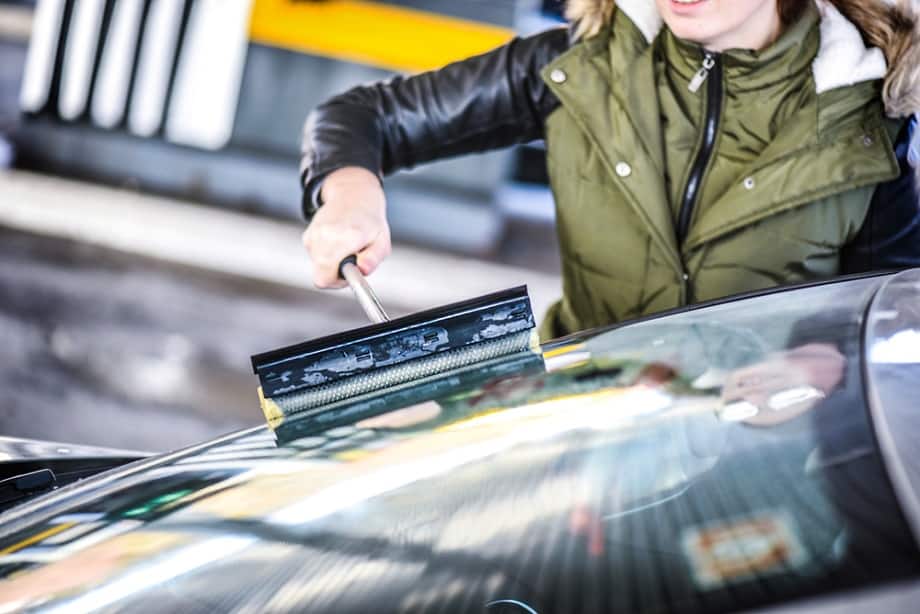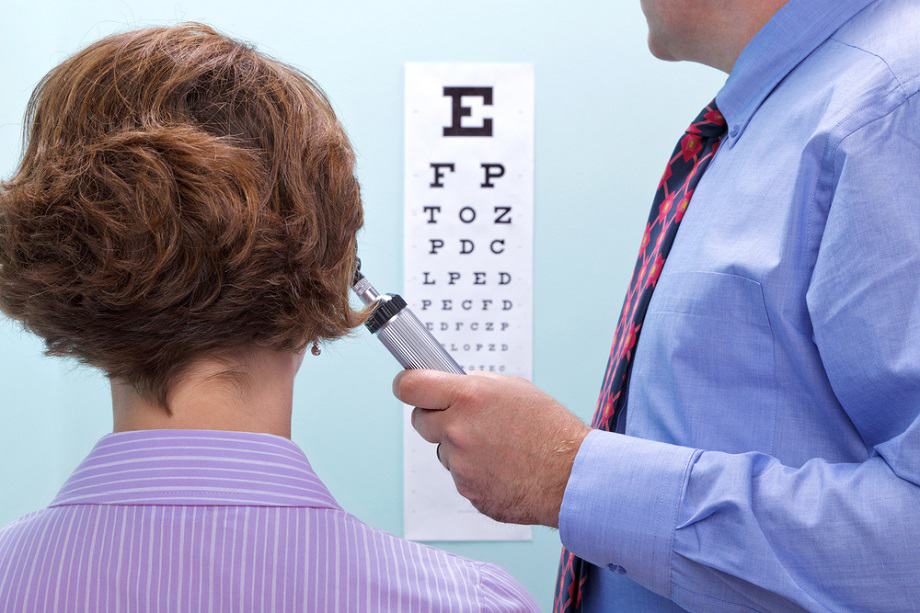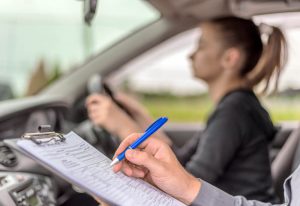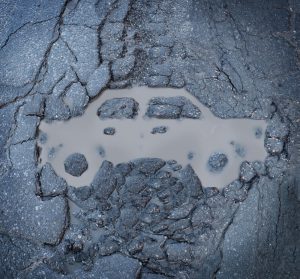6 Critical Tips for Your Safe Travel Driving at Night
More help for you
Driving in the dark is an intimidating experience for many drivers -- and even seasoned motorists.
And unfortunately, it seems these fears are well placed. According to Government figures, nearly one in three of the deaths and injuries on the UK’s roads occur between 7pm and 7am -- and that’s despite the fact that only 15% of travel happens in this 12-hour period.
The problem has been compounded by the fact that hundreds of thousands of street lights, including those on dual carriageways and motorways, are no longer being turned on at night -- principally because local councils are counting the pennies.
Aside from the reduced visibility, there’s another problem which tends to rear its head in the early hours of the morning: tiredness. Even if you’re a regular night shift worker who sleeps relatively well during the day, you’re likely to experience fatigue at about 2am or 3am in the morning as you naturally feel drowsier.
In this article, we’re going to share some top tips for getting from A to B safely at night -- and give some advice on how to act around other road users. One example is that you should use dipped headlights when driving on a motorway at nights.
6 Critical Tips for Your Safe Travel Driving at Night
- 1
Pay Attention to Your Lights
They will prove to be your best friends while travelling in darkness. Remember: it’s illegal to drive with broken lights at the front or back of your car. Check regularly that they are clean and working normally.
The best lights to use depend on whether you’re travelling in built-up towns and cities or on country roads. In urban areas, the RAC recommends you use dipped beam lights at all times. Everywhere else, it’s perfectly fine to go full beam -- dipping your lights only when a vehicle is coming from the other direction. It’s important to do this, otherwise you could affect the eyesight of fellow motorists by dazzling them.
In addition, it’s a good idea to take precautions which will stop you being startled by bright lights. You should make adjustments to your rear view mirror to ensure that the full beam lights of the people behind you don’t dazzle you. If someone coming towards you has forgotten to dip theirs, keep your speed consistent, avoid looking into the headlights directly and focus your attention slightly to the left of the road.

When blinded by headlights turn your head left and look at oncoming cars out of the corner of your eye - 2
Windows
As well as ensuring your lights are clean, it’s important to prevent your car’s windows from becoming dirty or scummy -- both inside and out. Failing to do so will make them more prone to steaming up, and the glare from other vehicles on the road will also worsen. When light outside is already poor, it’s tips like these which will dramatically improve your vision and help you to anticipate hazards.

Most petrol stations provide window washing supplies. Don’t hesitate to use them while pumping petrol - 3
Regular Breaks
Frequent rest stops at two-hour intervals are recommended when you’re travelling long distances at any time, day or night. They should last for at least 15 minutes. Driving for several hours at night following a full day of work is ill advised, as it can increase the likelihood of you being involved in a serious accident. Many fatigue-related crashes are caused by drivers having slower reaction times or even falling asleep behind the wheel -- consequently increasing the speed of collisions. Taking a short nap of less than 15 minutes, and drinking two cups of strong caffeinated coffee can help counter the effects of feeling tired for a little while. Check for more tips to avoid fatigue driving in the following video:
- 4
Check for Hazards
Of course, other motorists are also going to be contending with the same issues surrounding visibility and fatigue you are trying to prevent. Make sure you remain alert for sudden hazards, perform extra checks for cyclists (just in case they aren’t wearing clothes to make themselves more visible), and watch out for pedestrians. If you’re driving through town or city centres late in the evening, you may encounter pedestrians inhibited by alcohol who may not be as cautious when crossing roads as they normally are.
- 5
Eyesight
You should regularly have check-ups to make sure your sight is up to scratch -- and go for eye tests to ensure your prescription is accurate if you do need to wear glasses or contact lenses. In addition, make sure you don’t wear darkened or tinted lenses for night-time driving.

Visual acuity test is an indispensable procedure for establishing if you need glasses - 6
Consider Extra Training
Some driving instructors ahead of your practical will be more than happy to provide lessons when it’s dark. Indeed, during the winter months when it’s going dark before 5pm, it may be unavoidable. You can also boost your training by taking the Pass Plus. As well as a module which focuses on best practices for driving at night, you’ll also receive advanced instruction on driving in town centres, adverse weather conditions, and on dual carriageways, motorways or rural roads.
If you want to brush up your knowledge ahead of an upcoming theory test -- where the topics selected from a bank of hundreds of multiple-choice questions may include driving at night -- head over to TopTests.co.uk, where you can get practising for free now.



